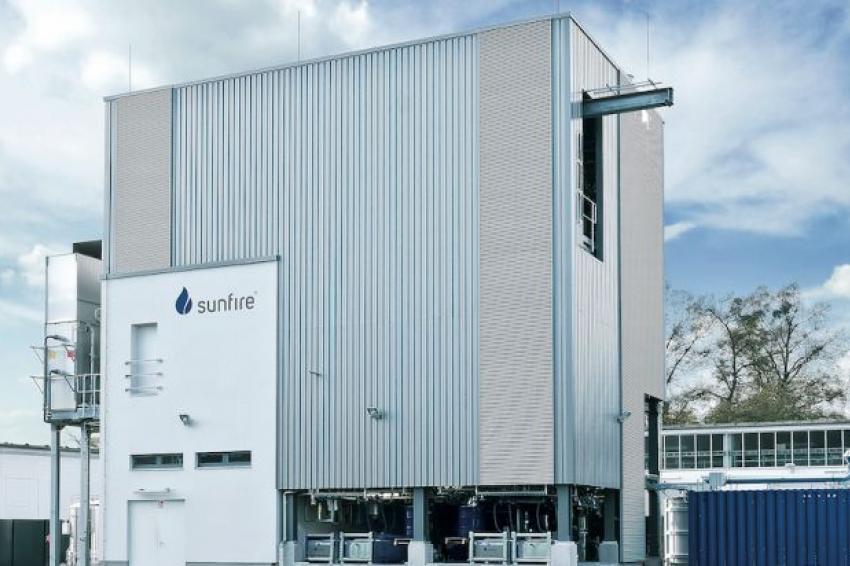Neste Buys Stake in Germany’s Sunfire
17.03.2020 -
Neste has acquired a minority stake in German cleantech company Sunfire for an undisclosed sum.
The Dresden-based group is a developer of high-temperature electrolysis technology. Its patented technology produces renewable hydrogen as well as directly converts water and CO2 into raw materials for petrochemical products.
“As part of Neste’s growth strategy, we continue to focus on innovation with the aim to develop the existing businesses and build new growth business platforms. One of these fields of innovation is Power-to-X,” explained Neste president and CEO Peter Vanacker.
Power-to-X is a method for converting electrical energy into liquid or gaseous chemical energy sources.
“Having the world’s number one provider of renewable fuels at our side will strengthen our position as a leading supplier of Power-to-X solutions for green synthetic fuel and hydrogen production,” said Sunfire managing director Nils Aldag.
“The partnership with Neste is in line with our strategy to engage with the best companies in order to supply renewable energy to industrial value chains,” Aldag explained. “Neste,” he said, “will provide Sunfire with excellent insight into renewable fuel markets and deep expertise in engineering, procurement, and construction.”
In addition to Neste’s equity investment in Sunfire, both companies will work together to demonstrate the production of renewable hydrogen at Neste’s refinery in Rotterdam, the Netherlands, with Sunfire’s high-temperature electrolyzer.
The companies are collaborating with French research organization CEA, plant builder Paul Wurth and French electric utility company Engie to build and operate the multi-megawatt scale electrolyzer, said to be the world’s first such facility. The EU’s Horizon program has provided funding of €6.9 million for the project, called Multiplhy.
By the end of 2024, the electrolyzer is expected to have been operating for 16,000 hours or more, producing a total of about 960 t of green hydrogen while avoiding approximately 8,000 t of greenhouse gas emissions.





